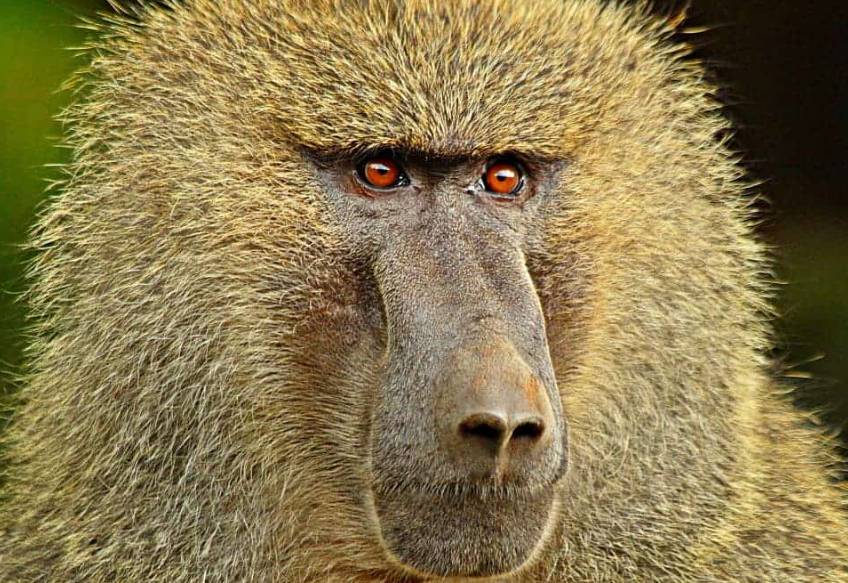The monkey is a lively and remarkably adaptable animal that is extremely clever and nimble. Monkeys, of whom there are over 260 species worldwide, have adapted to live well in a variety of settings, including dry savannas and tropical rainforests. These amazing animals have a variety of physical traits that allow them to easily traverse their environment, including long tails, deft hands, and forward-facing eyes.
Being gregarious creatures, monkeys often reside in troop or band formations. They display extensive social structures and use body language, facial expressions, and vocalizations to communicate in various ways within these groups.
They develop close relationships with other troop members and participate in grooming routines to keep themselves clean and preserve social connections. A great degree of intelligence is also shown by monkeys, who use tools and problem-solving to get food or get past barriers.
Because they are pollinators and seed dispersers, monkeys are essential to their ecosystems. They eat a range of fruits and flowers as they make their way through the forest canopy, consuming pollen and seeds as they go. Afterwards, these seeds are spread via their excrement, which promotes plant species variety and regeneration.
Because of the nutrients in their droppings, which improve the soil and encourage the development of flora, monkeys also aid in the cycling of nutrients within their ecosystems.
But in the contemporary world, monkeys are threatened in many ways. The loss of habitat brought on by hunting, illicit wildlife trading, and deforestation presents serious obstacles to their existence. In order to save these amazing animals and guarantee their continued existence, conservation initiatives are essential.
By protecting their natural habitats, enforcing strong laws against poaching, and educating people about the value of monkeys in ecosystems, we can contribute to ensuring their survival and maintaining the delicate balance of biodiversity in our world.
